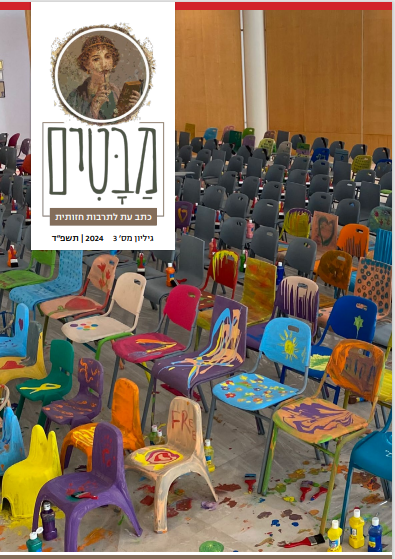Between Courtly Ideal and Christian Purity
How Do the Female Characters in Disney Films Reflect the Medieval Feminine Ideal?
DOI:
https://doi.org/10.64166/fzys0886Abstract
This study explores how the feminine ideal and the desired characteristics
for women from the Middle Ages, as depicted in etiquette books and Gothic
sculpture from that period, are reflected in the female characters of two Disney
films set against a medieval backdrop: Snow White and the Seven Dwarfs (1937)
and Sleeping Beauty (1959). The goal of this research is to uncover how the
medieval feminine ideal merged with the neo-medievalism and conservatism
of Walt Disney in the United States during the 1930s and 1950s, leading to the
creation of these female characters. Unlike the methods of conveying desired
social norms regarding gender roles during the Middle Ages, where one had
to visit a church or read manuscripts in order to encounter these messages,
twentieth-century American audiences received them via Disney films. These
films had a lasting impact on communicating gender role expectations, leaving
a significant impression on many generations of viewers since their release.
This article examines how these films, set in a medieval context, represent the
feminine ideal of that period and discusses the connection between this ideal
and Walt Disney’s attitudes, beliefs, and vision regarding gender relations and
the ideal of femininity.
References
Downloads
Published
Issue
Section
License
Copyright (c) 2024 Mabatim

This work is licensed under a Creative Commons Attribution-NonCommercial 4.0 International License.



